Welcome to a glimpse into the future of web development! In our comprehensive guide, “Top Web Development Frameworks Set to Dominate in 2025,” we embark on an exciting journey through the rapidly evolving landscape of digital technologies. As we stand on the brink of a new year, the tech world is buzzing with anticipation for the frameworks that will redefine how we build and experience the web.
This article is your key to unlocking the insights into the cutting-edge web development frameworks that are poised to take center stage in 2025. We delve into the features, capabilities, and innovations that will shape the digital realm, empowering developers and businesses alike to stay ahead of the curve.
Why Frameworks Matter for Scalability, Security, and Speed
What is a Web Development Framework?
A web development framework is a structured collection of pre-written code, tools, and resources that developers use to build and maintain web applications, websites, or web services. Frameworks provide a foundation and a set of conventions to streamline the development process, allowing developers to focus on building specific features rather than dealing with routine tasks or reinventing the wheel.Key characteristics of web development frameworks include:
Code Organization: Frameworks often impose a specific structure for organizing code, which helps maintain consistency and readability across the project.
Reusable Components: Frameworks come with pre-built components and modules that can be reused across different parts of the application. This promotes code reusability and reduces redundancy.
Abstraction of Complexity: Frameworks abstract away common complexities and tasks, such as database interactions, URL routing, and form handling. This allows developers to work at a higher level of abstraction.
MVC Architecture: Many frameworks follow the Model-View-Controller (MVC) architectural pattern, separating the application into three main components for better organization and maintainability.
Automation: Frameworks often include tools and utilities for automating common tasks like testing, deployment, and database migrations, saving developers time and effort.
Security Features: Frameworks usually include security measures and best practices by default, helping to protect applications against common web vulnerabilities.
Types of Web Development Frameworks
Web development frameworks can be categorized based on their programming language and use cases. For instance, Node.js is the foundation for Express, Ruby serves as the language for Ruby on Rails, and Python is the base for Django. In terms of use cases, Angular.js and React excel in front-end development, while Django specializes in back-end development. Some frameworks are tailored to address specific issues like database connections and security administration. Now, let’s delve into front-end and back-end frameworks separately.Frontend Frameworks:
Front-end frameworks simplify the development process by creating elements for user interfaces. These frameworks offer pre-written, reusable code snippets, styling tools, form validation, and more. Some even aid in optimizing SEO and reducing website loading times. Primarily utilizing HTML, CSS, and JavaScript, popular front-end examples include AngularJS, React, Vue.js, and others.Backend Frameworks:
Back-end frameworks expedite the development of your website’s server, ensuring efficiency. They play a crucial role in user authentication, establishing secure connections, and managing database interactions. Various frameworks cater to different programming languages for server development, such as Express for Node.js and Django for Python. The abundance of options allows you to choose both the programming language and framework that best suit your needs.Best Frontend Web Development Frameworks and Key Features
1. Angular
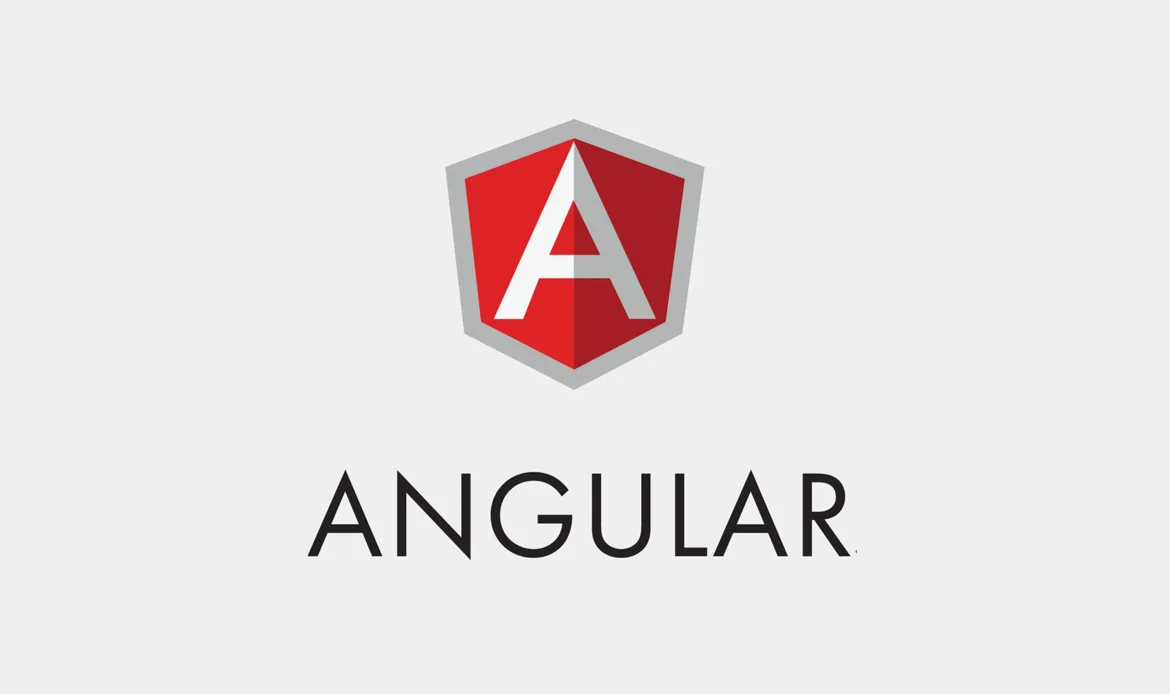 Angular is a comprehensive and opinionated JavaScript framework developed and maintained by Google. It is particularly well-suited for building large, dynamic web applications. Angular follows the Model-View-Controller (MVC) architectural pattern and utilizes TypeScript, a superset of JavaScript, for building scalable and maintainable applications. With a robust set of tools and a modular architecture, Angular is known for supporting the development of complex and feature-rich user interfaces.
Angular is a comprehensive and opinionated JavaScript framework developed and maintained by Google. It is particularly well-suited for building large, dynamic web applications. Angular follows the Model-View-Controller (MVC) architectural pattern and utilizes TypeScript, a superset of JavaScript, for building scalable and maintainable applications. With a robust set of tools and a modular architecture, Angular is known for supporting the development of complex and feature-rich user interfaces.
Key Features
- Developed and maintained by Google.
- A full-fledged, opinionated framework for building dynamic web applications.
- Uses TypeScript for building scalable and maintainable applications.
- Implements a two-way data binding system.
- Provides a comprehensive set of tools for building complex user interfaces.
- Has a modular architecture that supports the development of large-scale applications.
2. React
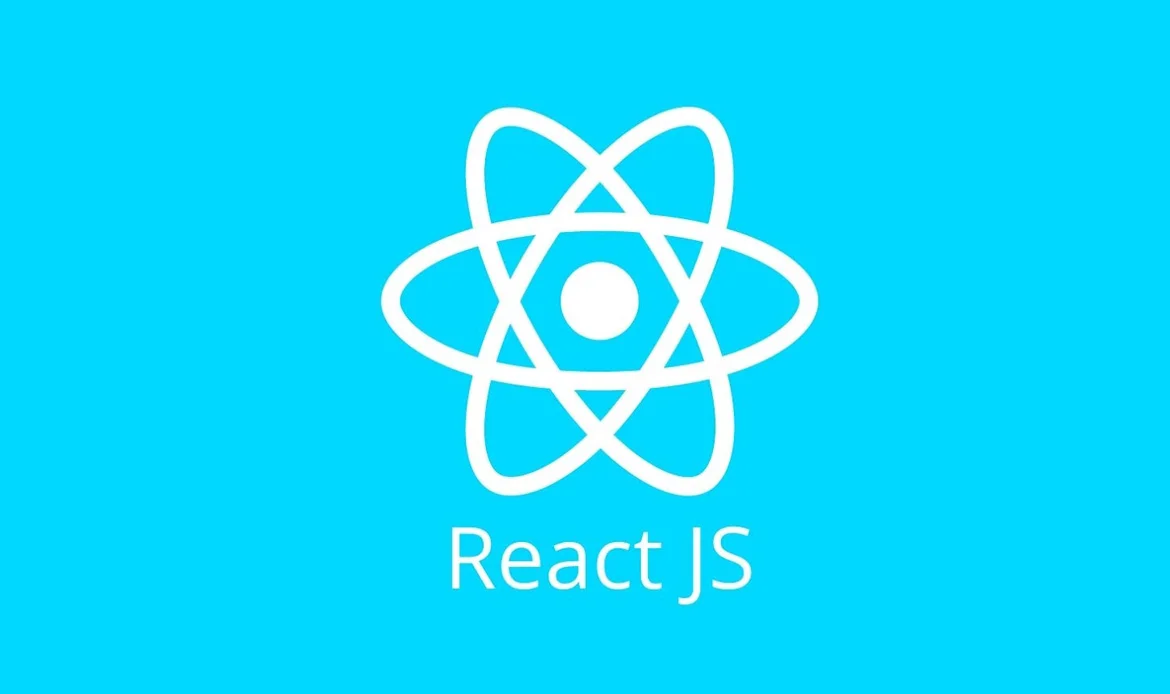 React, developed and maintained by Facebook, is a JavaScript library for building user interfaces. It adopts a declarative approach to define the UI and utilizes a virtual DOM to efficiently update the actual DOM. React follows a unidirectional data flow, making it easier to understand and debug applications. It is component-based, promoting reusability and maintainability. React has a vast and active community, contributing to its extensive ecosystem of third-party libraries and tools.
React, developed and maintained by Facebook, is a JavaScript library for building user interfaces. It adopts a declarative approach to define the UI and utilizes a virtual DOM to efficiently update the actual DOM. React follows a unidirectional data flow, making it easier to understand and debug applications. It is component-based, promoting reusability and maintainability. React has a vast and active community, contributing to its extensive ecosystem of third-party libraries and tools.
Key Features
- Developed and maintained by Facebook.
- A JavaScript library for building user interfaces.
- Uses a virtual DOM to efficiently update the actual DOM.
- Follows a unidirectional data flow, making it easy to understand and debug.
- Supports component-based development, enabling reusability and maintainability.
- Large and active community with a vast ecosystem of third-party libraries.
3. Vue.js
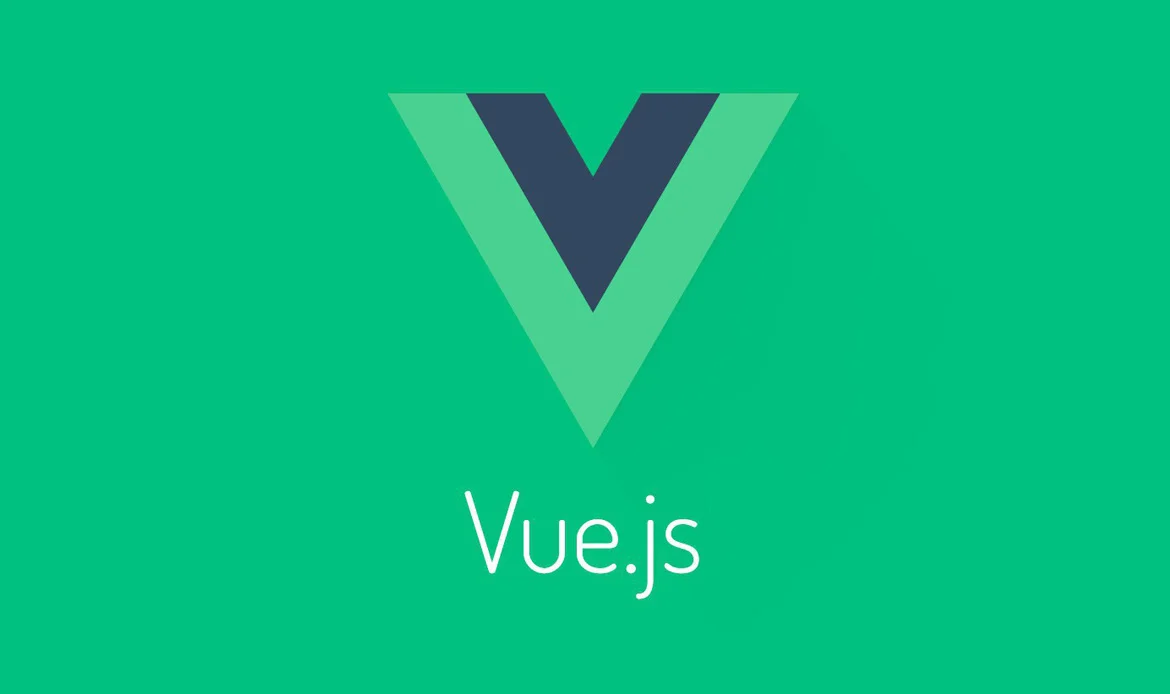 Vue.js is a progressive JavaScript framework for building user interfaces. It is designed to be incrementally adoptable, allowing developers to integrate it into existing projects with ease. Vue.js features a reactive data binding system, similar to React, and a virtual DOM. Known for its simplicity and flexibility, Vue.js supports component-based development and provides a clear and approachable design. Its well-documented nature makes it accessible to developers of various skill levels.
Vue.js is a progressive JavaScript framework for building user interfaces. It is designed to be incrementally adoptable, allowing developers to integrate it into existing projects with ease. Vue.js features a reactive data binding system, similar to React, and a virtual DOM. Known for its simplicity and flexibility, Vue.js supports component-based development and provides a clear and approachable design. Its well-documented nature makes it accessible to developers of various skill levels.
Key Features
- A progressive JavaScript framework for building user interfaces.
- Known for its simplicity and ease of integration.
- Uses a reactive data binding system and a virtual DOM similar to React.
- Can be incrementally adopted in existing projects.
- Supports component-based development and provides a flexible and approachable design.
- Well-documented and easy to learn.
4. Ember.js
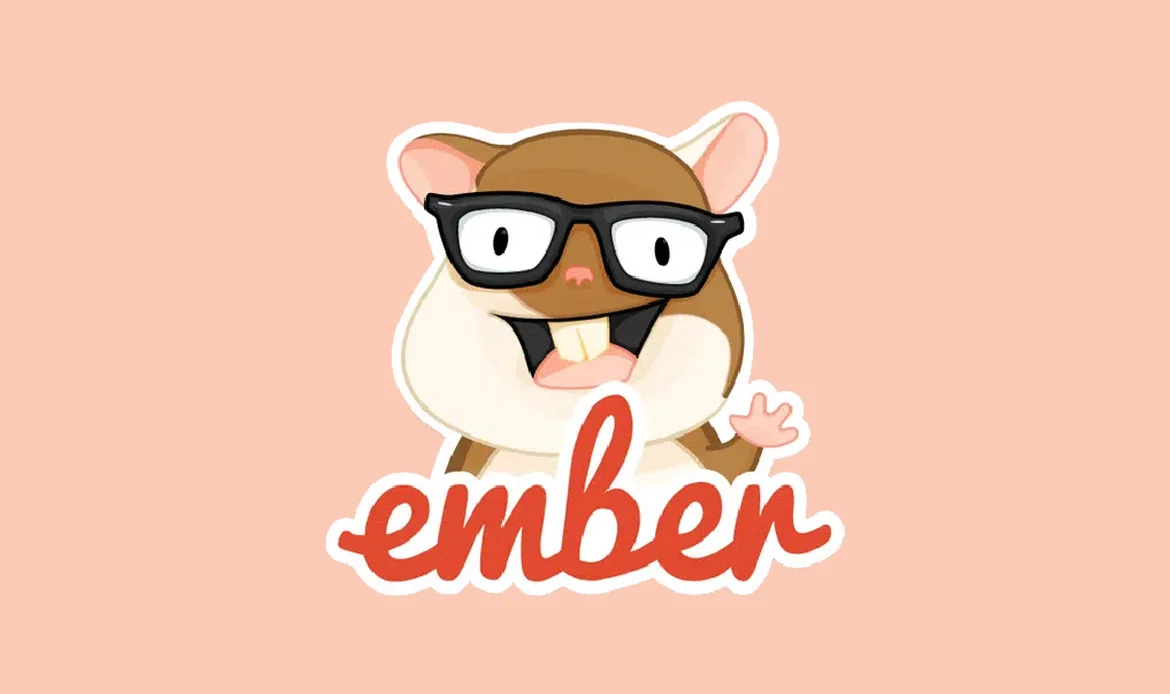 Ember.js is a full-featured JavaScript framework for building ambitious web applications. It follows the convention over configuration (CoC) and don’t repeat yourself (DRY) principles, providing a structured development approach. Ember.js is opinionated, reducing decision fatigue for developers.
It includes a powerful templating engine and data layer, along with a router for building single-page applications (SPAs). Ember.js places a strong emphasis on developer productivity.
Ember.js is a full-featured JavaScript framework for building ambitious web applications. It follows the convention over configuration (CoC) and don’t repeat yourself (DRY) principles, providing a structured development approach. Ember.js is opinionated, reducing decision fatigue for developers.
It includes a powerful templating engine and data layer, along with a router for building single-page applications (SPAs). Ember.js places a strong emphasis on developer productivity.
Key Features
- A full-featured JavaScript framework for building ambitious web applications.
- Follows the convention over configuration (CoC) and don’t repeat yourself (DRY) principles.
- Opinionated, which helps in reducing decision fatigue.
- Provides a powerful templating engine and data layer.
- Includes a router, making it suitable for single-page applications (SPAs).
- Strong focus on developer productivity.
5. Backbone.js
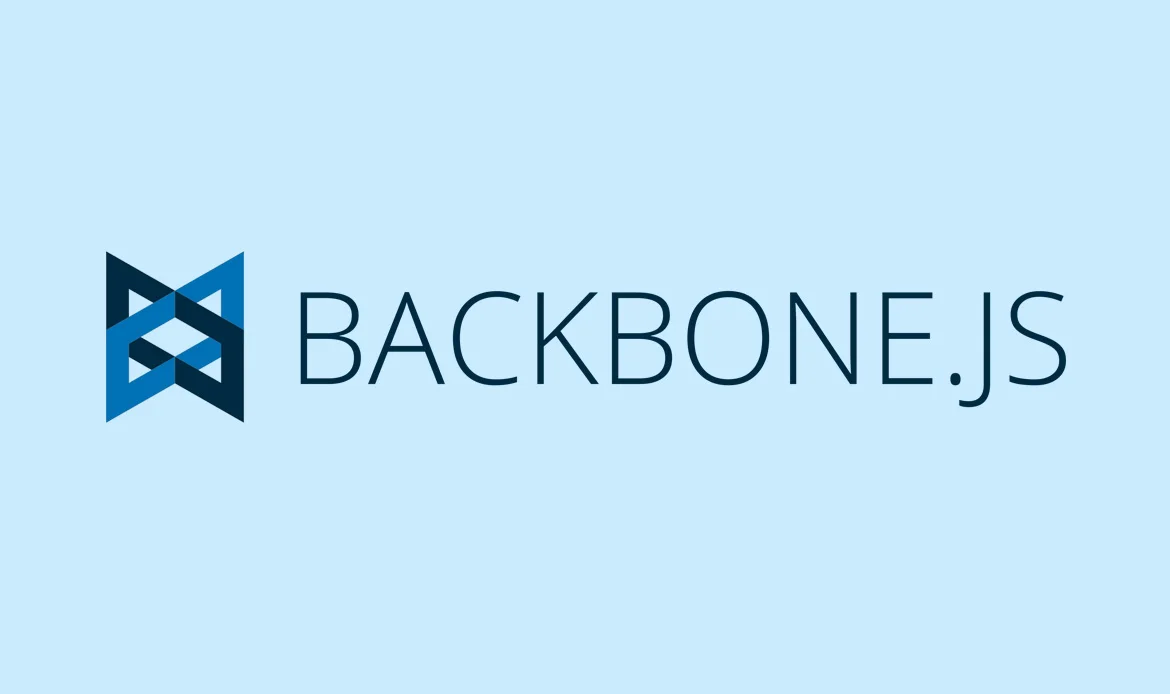 Backbone.js is a lightweight JavaScript framework that provides structure to web applications. Following the model-view-controller (MVC) design pattern, it offers flexibility by allowing developers to choose libraries for other components. Backbone.js is suitable for small to medium-sized applications and provides models, views, collections, and routers for organizing code.
It emphasizes simplicity and allows developers the freedom to choose their preferred tools for other aspects of development.
Backbone.js is a lightweight JavaScript framework that provides structure to web applications. Following the model-view-controller (MVC) design pattern, it offers flexibility by allowing developers to choose libraries for other components. Backbone.js is suitable for small to medium-sized applications and provides models, views, collections, and routers for organizing code.
It emphasizes simplicity and allows developers the freedom to choose their preferred tools for other aspects of development.
Key Features
- A lightweight JavaScript framework that provides structure to web applications.
- Follows the model-view-controller (MVC) design pattern.
- Allows flexibility in choosing libraries for other components.
- Suitable for small to medium-sized applications.
- Provides models, views, collections, and routers for organizing code.
- Emphasizes simplicity and allows developers to choose their preferred tools.
6. Svelte
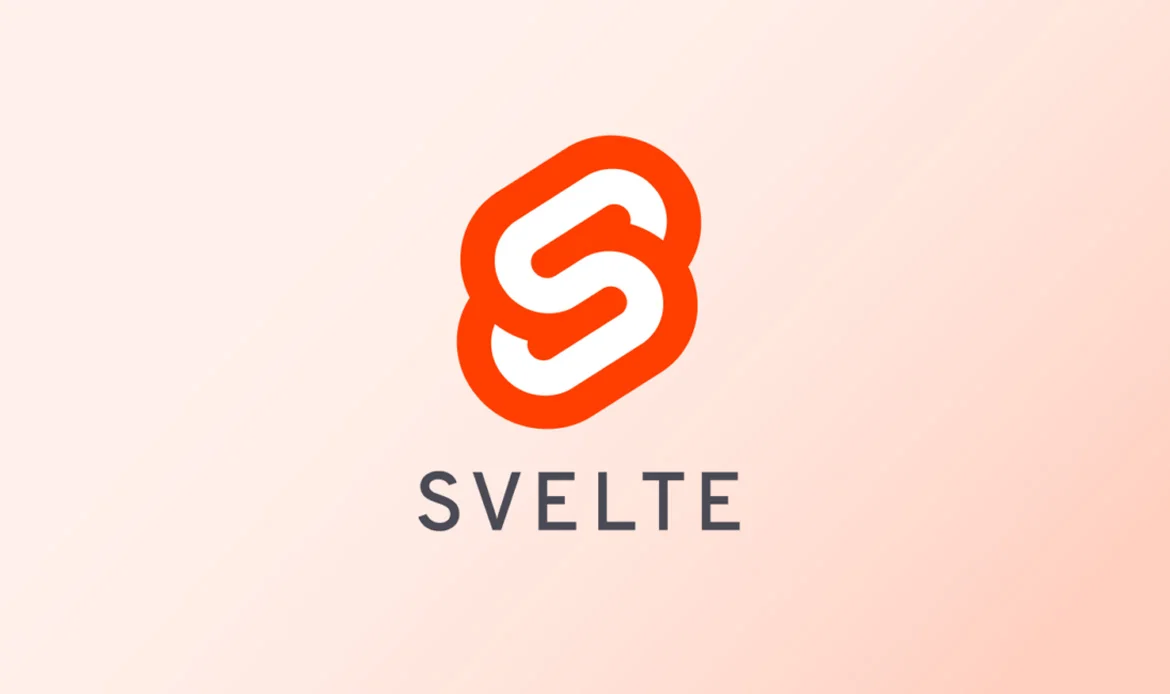 Svelte is a modern framework that shifts much of the work from the browser to the build step. It compiles components into highly optimized JavaScript at build time, eliminating the need for a virtual DOM during runtime. This results in smaller bundle sizes and improved runtime performance.
Svelte adopts a declarative and reactive approach to building user interfaces, simplifying development. It places a strong focus on ease of use and efficiency, making it suitable for projects where minimizing bundle size is a priority.
Svelte is a modern framework that shifts much of the work from the browser to the build step. It compiles components into highly optimized JavaScript at build time, eliminating the need for a virtual DOM during runtime. This results in smaller bundle sizes and improved runtime performance.
Svelte adopts a declarative and reactive approach to building user interfaces, simplifying development. It places a strong focus on ease of use and efficiency, making it suitable for projects where minimizing bundle size is a priority.
Key Features
- A newer framework that shifts the work from the browser to the build step.
- Compiles components into highly optimized JavaScript at build time.
- Eliminates the need for a virtual DOM, resulting in smaller bundle sizes and improved runtime performance.
- Emphasizes a declarative and reactive approach to building user interfaces.
- Simplifies development by moving much of the framework code to the build process.
- Supports easy integration with existing projects.
7. Preact
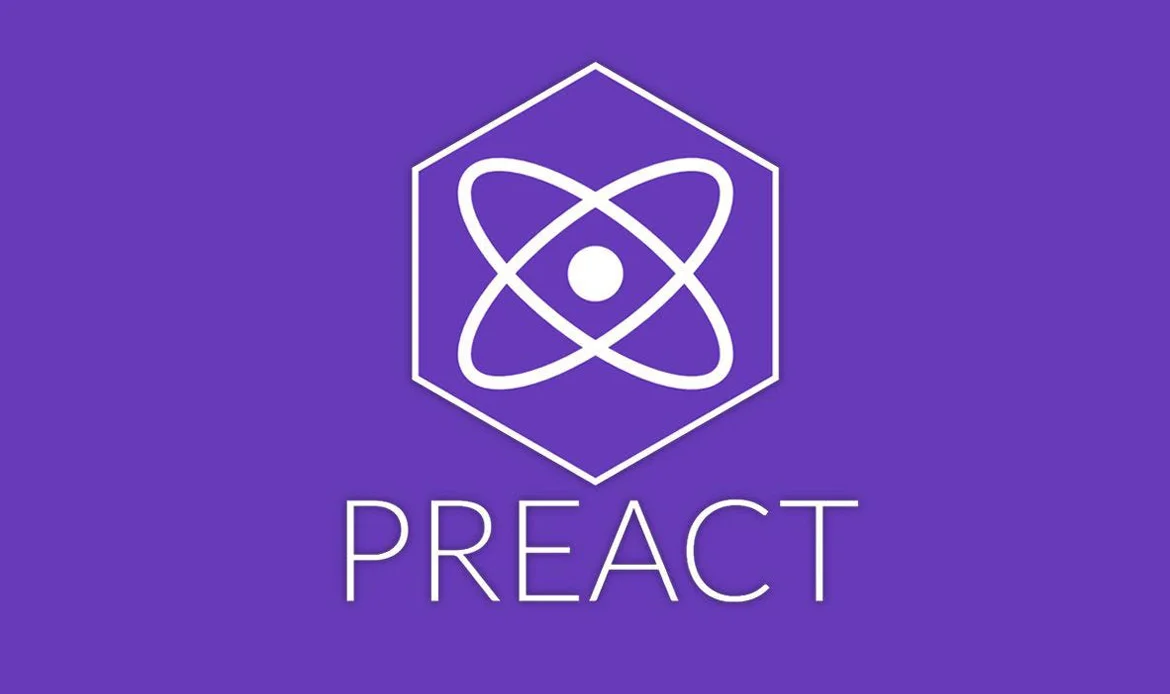 Preact is a fast and lightweight alternative to React. Compatible with the React ecosystem but with a smaller footprint, Preact provides a similar API to React, making it easy for React developers to transition. It is designed to be efficient and is suitable for performance-critical applications.
Preact focuses on simplicity and modularity, making it an ideal choice for projects where a smaller library size is important without sacrificing the convenience of React-like development patterns.
Preact is a fast and lightweight alternative to React. Compatible with the React ecosystem but with a smaller footprint, Preact provides a similar API to React, making it easy for React developers to transition. It is designed to be efficient and is suitable for performance-critical applications.
Preact focuses on simplicity and modularity, making it an ideal choice for projects where a smaller library size is important without sacrificing the convenience of React-like development patterns.
Key Features
- A fast and lightweight alternative to React.
- Compatible with the React ecosystem but with a smaller footprint.
- Provides a similar API to React, making it easy for React developers to transition.
- Designed to be efficient and suitable for performance-critical applications.
- Focuses on simplicity and modularity.
- Ideal for projects where minimizing bundle size is a priority.
8. LitElement
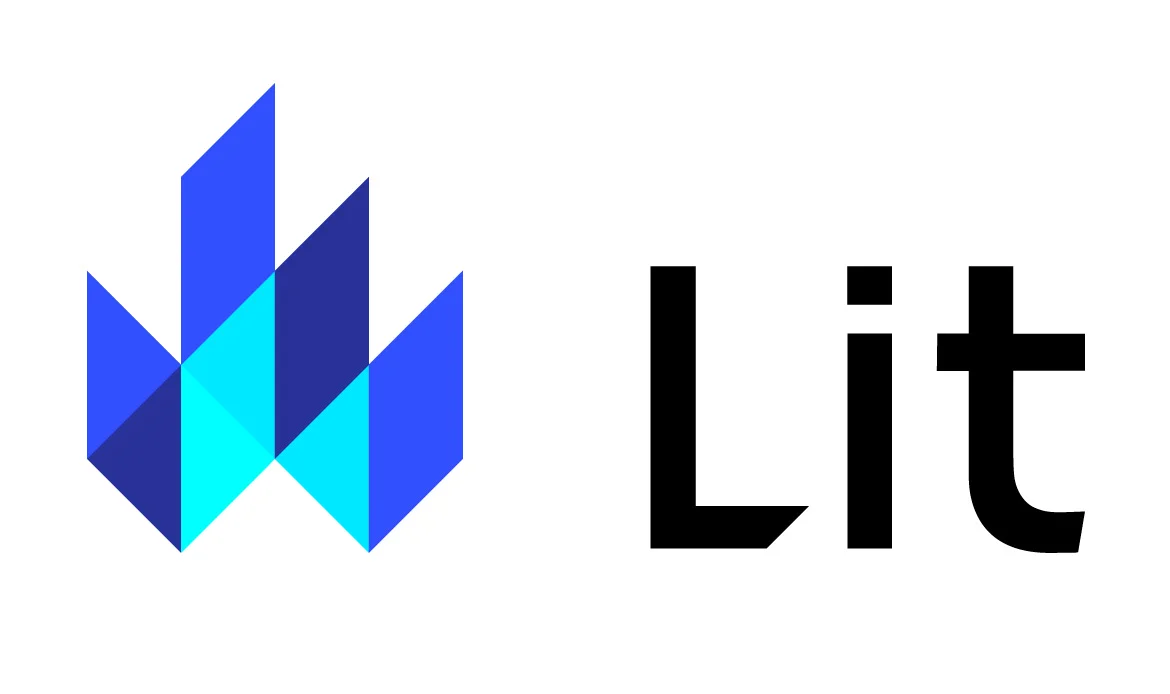 LitElement is a lightweight and efficient JavaScript library for building web components. It is part of the Lit stack, which also includes Lit and LitHTML. LitElement simplifies the process of creating and managing web components by providing a reactive data system and a concise syntax for defining components. It is particularly well-suited for building components in modern web applications, offering a balance between simplicity and flexibility.
LitElement is a lightweight and efficient JavaScript library for building web components. It is part of the Lit stack, which also includes Lit and LitHTML. LitElement simplifies the process of creating and managing web components by providing a reactive data system and a concise syntax for defining components. It is particularly well-suited for building components in modern web applications, offering a balance between simplicity and flexibility.
Key Features
- Reactive data binding for efficient updates.
- Lightweight and focused on creating web components.
- Template rendering with LitHTML.
- Simplified syntax for creating and extending components.
- Part of the broader Lit stack for comprehensive web component development.
9. jQuery
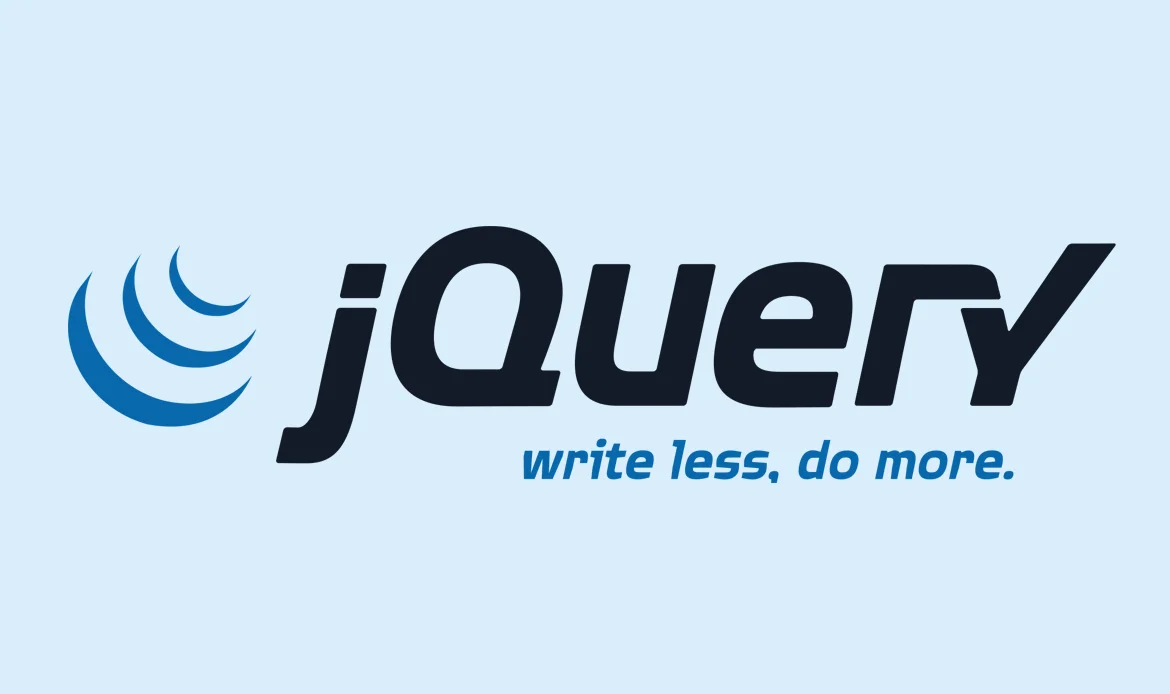 jQuery is a fast, lightweight, and feature-rich JavaScript library designed to simplify client-side scripting in web development. It simplifies tasks like HTML document traversal, event handling, animation, and AJAX interactions. jQuery has been widely used for many years and was especially popular when browser compatibility issues were more prevalent. While its usage has declined with the rise of modern JavaScript frameworks, it still has a large ecosystem and is present in many legacy projects.
jQuery is a fast, lightweight, and feature-rich JavaScript library designed to simplify client-side scripting in web development. It simplifies tasks like HTML document traversal, event handling, animation, and AJAX interactions. jQuery has been widely used for many years and was especially popular when browser compatibility issues were more prevalent. While its usage has declined with the rise of modern JavaScript frameworks, it still has a large ecosystem and is present in many legacy projects.
Key Features
- Simplified DOM manipulation and traversal.
- Event handling for user interactions.
- Animation and effects for improved user experience.
- AJAX for asynchronous server communication.
- Cross-browser compatibility to address inconsistencies.
- Extensive plugin ecosystem for additional functionality.
10. ASP.NET Core
 ASP.NET Core is an open-source, cross-platform framework developed by Microsoft for building modern, cloud-based, and scalable web applications. It is a complete redesign of the older ASP.NET framework and is optimized for performance and flexibility. ASP.NET Core supports a modular architecture, allowing developers to choose the components they need for their applications. It is particularly popular for building enterprise-level applications.
ASP.NET Core is an open-source, cross-platform framework developed by Microsoft for building modern, cloud-based, and scalable web applications. It is a complete redesign of the older ASP.NET framework and is optimized for performance and flexibility. ASP.NET Core supports a modular architecture, allowing developers to choose the components they need for their applications. It is particularly popular for building enterprise-level applications.
Key Features
- Cross-platform compatibility (Windows, macOS, Linux).
- High-performance and scalable architecture.
- Modular design with middleware for extensibility.
- Built-in support for dependency injection.
- Integrated with modern web development tools and technologies.
- Supports building web APIs, MVC applications, and more.
11. Alpine.js
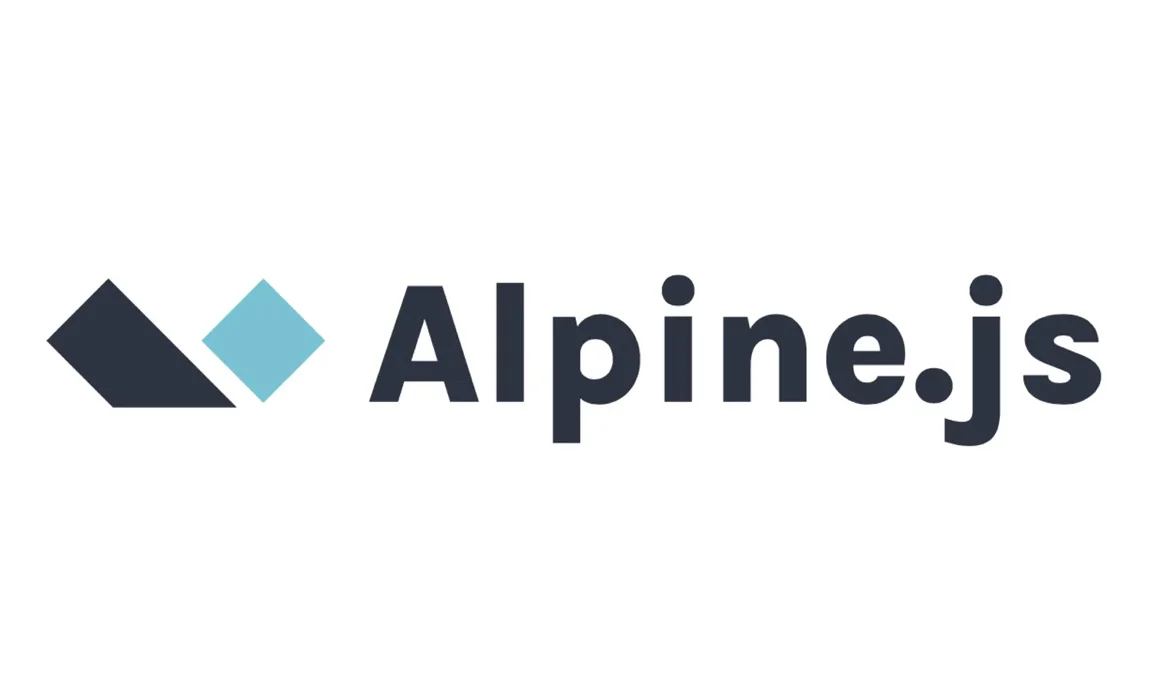 Alpine.js is a minimal JavaScript framework designed for building interactive user interfaces with declarative syntax. It is lightweight and doesn’t require build tools or a complex setup. Alpine.js is particularly useful for adding interactivity to static or server-rendered HTML. It focuses on simplicity and ease of integration, making it accessible to developers who prefer a lightweight alternative to more feature-rich frameworks.
Alpine.js is a minimal JavaScript framework designed for building interactive user interfaces with declarative syntax. It is lightweight and doesn’t require build tools or a complex setup. Alpine.js is particularly useful for adding interactivity to static or server-rendered HTML. It focuses on simplicity and ease of integration, making it accessible to developers who prefer a lightweight alternative to more feature-rich frameworks.
Key Features
- Declarative syntax for adding interactivity to HTML.
- Lightweight with a small file size.
- No build step required; easy to integrate into existing projects.
- Built-in support for dependency injection.
- Emphasizes simplicity and readability in the code.
- Suitable for smaller projects and enhancing static HTML pages.
12. Semantic UI
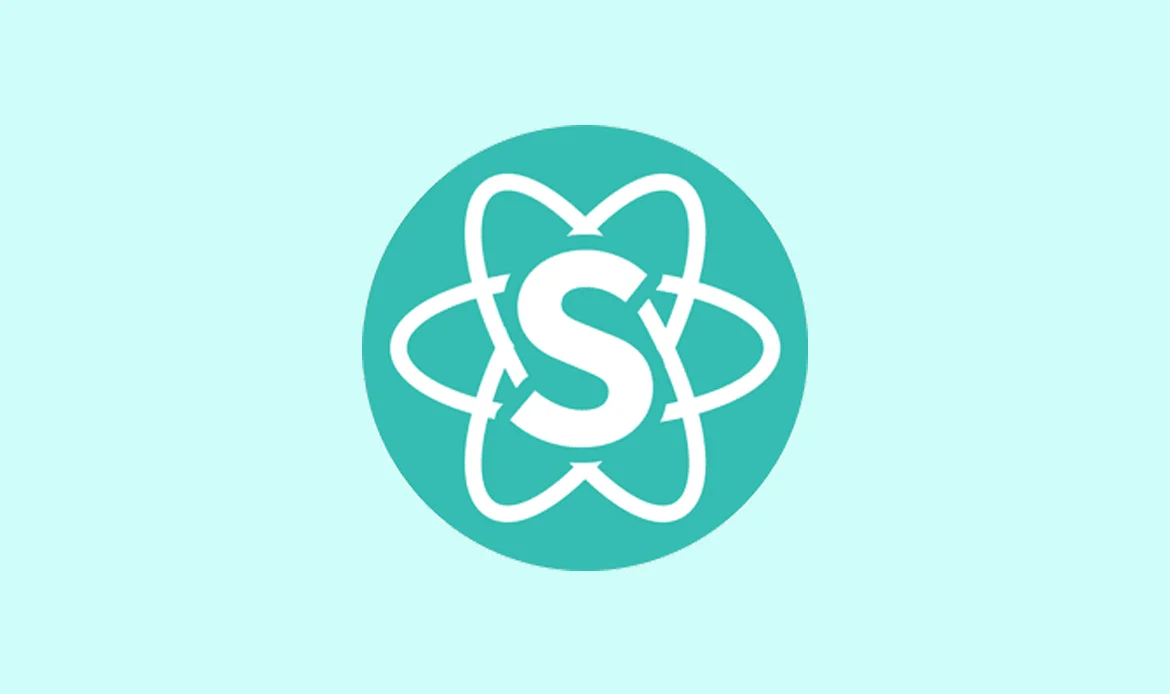 Semantic UI is a user interface framework that provides a set of theming and styling components for building responsive and visually appealing web applications. It is designed with human-friendly HTML and CSS conventions, making it easy to understand and use. Semantic UI encourages a semantic and natural language approach to code, aiming to create interfaces that are not only functional but also visually intuitive.
Semantic UI is a user interface framework that provides a set of theming and styling components for building responsive and visually appealing web applications. It is designed with human-friendly HTML and CSS conventions, making it easy to understand and use. Semantic UI encourages a semantic and natural language approach to code, aiming to create interfaces that are not only functional but also visually intuitive.
Key Features
- Human-friendly and semantic HTML and CSS syntax.
- Comprehensive theming and customization options.
- Large library of UI components, including modals, forms, and buttons.
- Responsive design for various screen sizes.
- Easy integration with other JavaScript frameworks.
13. Foundation
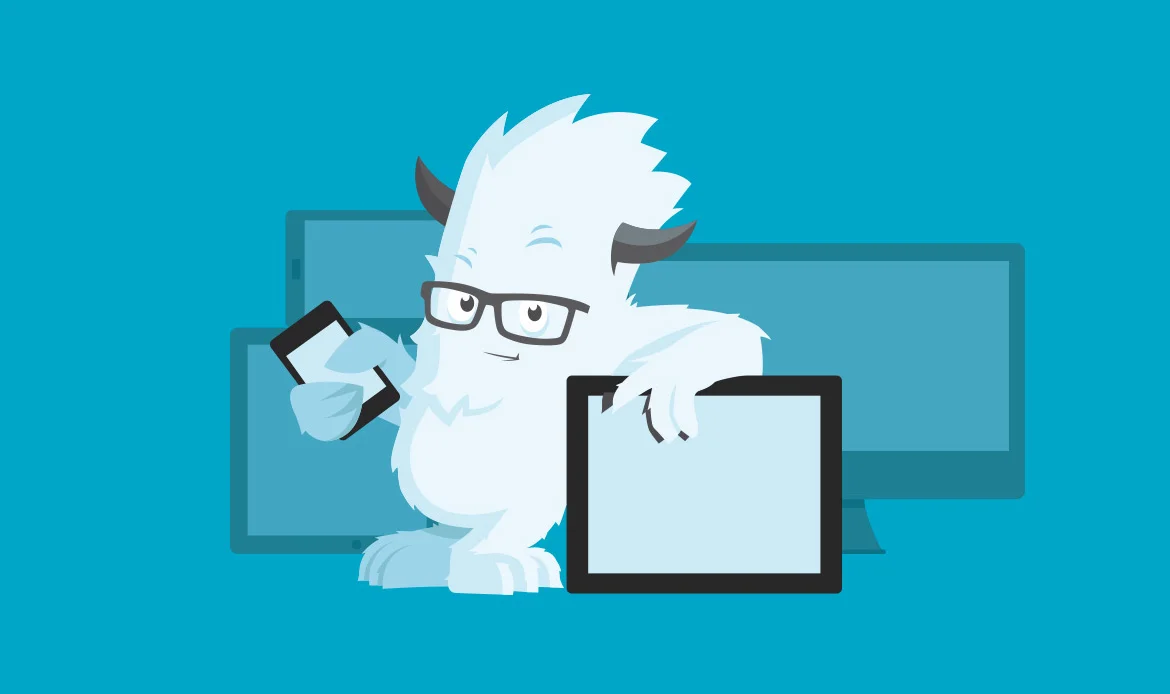 Foundation is a responsive front-end framework that facilitates the development of mobile-friendly and visually appealing websites and web applications. Developed by ZURB, Foundation offers a flexible grid system, UI components, and a range of customizable styles. It provides a responsive and mobile-first approach to design, making it suitable for projects requiring a strong foundation for responsive web development.
Foundation is a responsive front-end framework that facilitates the development of mobile-friendly and visually appealing websites and web applications. Developed by ZURB, Foundation offers a flexible grid system, UI components, and a range of customizable styles. It provides a responsive and mobile-first approach to design, making it suitable for projects requiring a strong foundation for responsive web development.
Key Features
- Responsive grid system for layout flexibility.
- Modular approach with customizable styles and components.
- Flexbox and CSS grid support for modern layouts.
- Theming capabilities for easy customization.
- Accessibility features for inclusive design.
14. Knockout.js
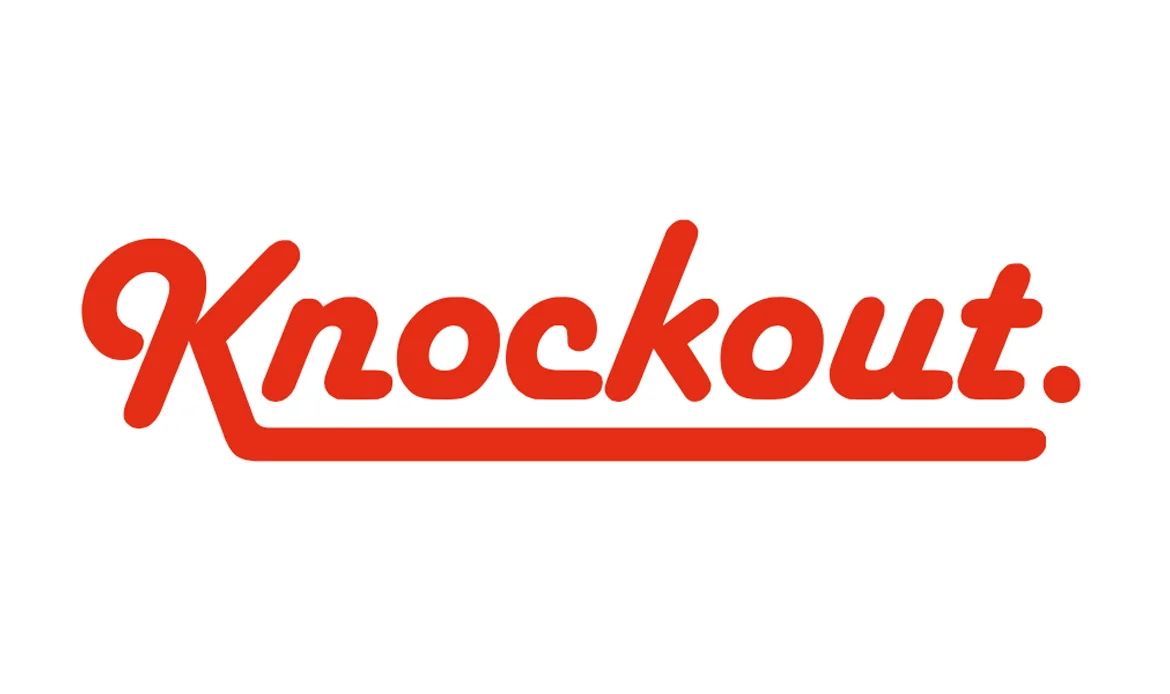 Knockout.js is a JavaScript library that enables the implementation of Model-View-ViewModel (MVVM) architecture in web applications. It simplifies the development of dynamic user interfaces by providing a declarative binding system. Knockout.js allows developers to create responsive and interactive UIs with less boilerplate code, as changes in the data model automatically update the associated UI elements.
Knockout.js is a JavaScript library that enables the implementation of Model-View-ViewModel (MVVM) architecture in web applications. It simplifies the development of dynamic user interfaces by providing a declarative binding system. Knockout.js allows developers to create responsive and interactive UIs with less boilerplate code, as changes in the data model automatically update the associated UI elements.
Key Features
- Declarative data-binding between the UI and underlying data model.
- Lightweight and easy to learn.
- Supports the MVVM pattern for organized code structure.
- Extensible with custom bindings and computed observables.
- Works well with other JavaScript libraries and frameworks.
- Handles dependency tracking for automatic updates.
15. Tailwind CSS
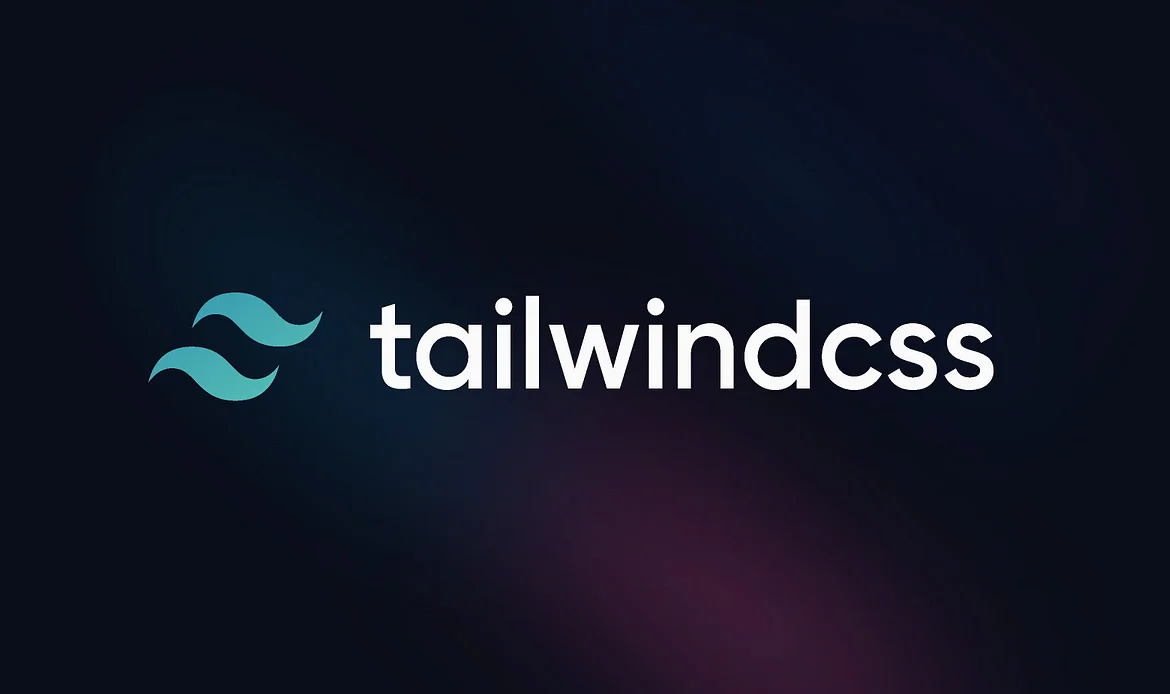 Tailwind CSS is a utility-first CSS framework that provides a set of low-level utility classes for styling HTML elements. It takes a different approach compared to traditional frameworks by offering a highly customizable and utility-focused approach to styling. Tailwind allows developers to build designs directly in the markup, providing a flexible and scalable way to create unique and maintainable styles.
Tailwind CSS is a utility-first CSS framework that provides a set of low-level utility classes for styling HTML elements. It takes a different approach compared to traditional frameworks by offering a highly customizable and utility-focused approach to styling. Tailwind allows developers to build designs directly in the markup, providing a flexible and scalable way to create unique and maintainable styles.
Key Features
- Utility-first approach for flexible and rapid styling.
- Highly customizable with configuration options.
- Modular design with the ability to compose utilities.
- No pre-designed components; encourages creating unique designs.
- Easy to integrate with existing projects.
- PurgeCSS integration for optimized production builds.
Best Backend Web Development Frameworks and Key Features
1. Express.js
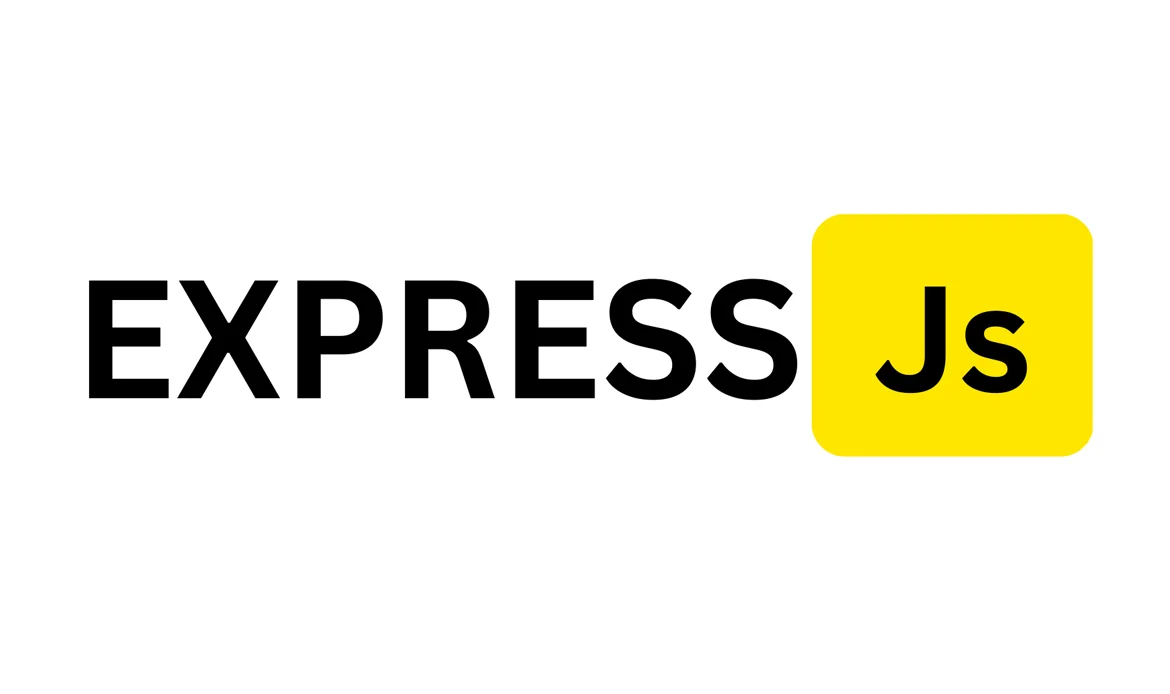 Express.js is a minimal and flexible Node.js web application framework that provides a robust set of features for web and mobile applications. It is known for its simplicity and unopinionated nature, allowing developers to structure their applications as they see fit.
Express.js is a minimal and flexible Node.js web application framework that provides a robust set of features for web and mobile applications. It is known for its simplicity and unopinionated nature, allowing developers to structure their applications as they see fit.
Key Features
- Minimalistic and unopinionated.
- Robust middleware system for extending functionality.
- High performance with asynchronous, event-driven architecture.
- Ideal for building RESTful APIs and web applications.
- Large and active community.
2. Next.js
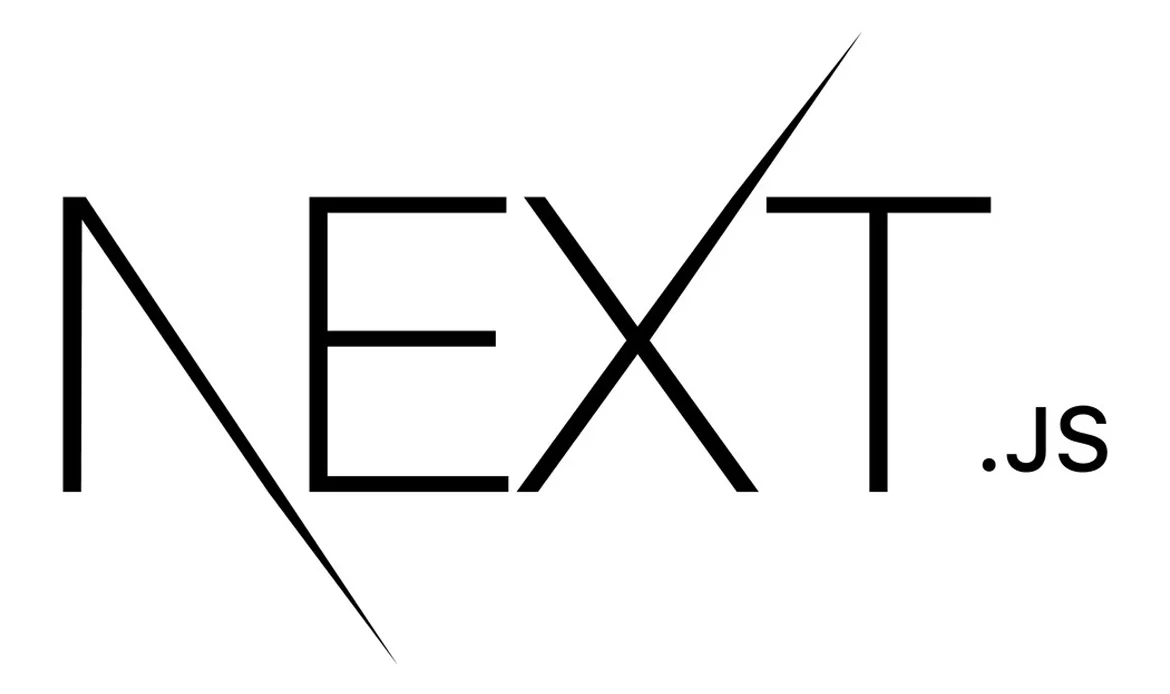 Next.js is a React-based web application framework that simplifies the process of building server-rendered React applications. It offers features like automatic code splitting, server-side rendering, and easy page routing, enabling developers to create performant and SEO-friendly web applications.
Next.js is a React-based web application framework that simplifies the process of building server-rendered React applications. It offers features like automatic code splitting, server-side rendering, and easy page routing, enabling developers to create performant and SEO-friendly web applications.
Key Features
- Server-side rendering for improved performance.
- Automatic code splitting for optimized loading times.
- Support for both static and dynamic pages.
- Integrates seamlessly with React.
3. Django
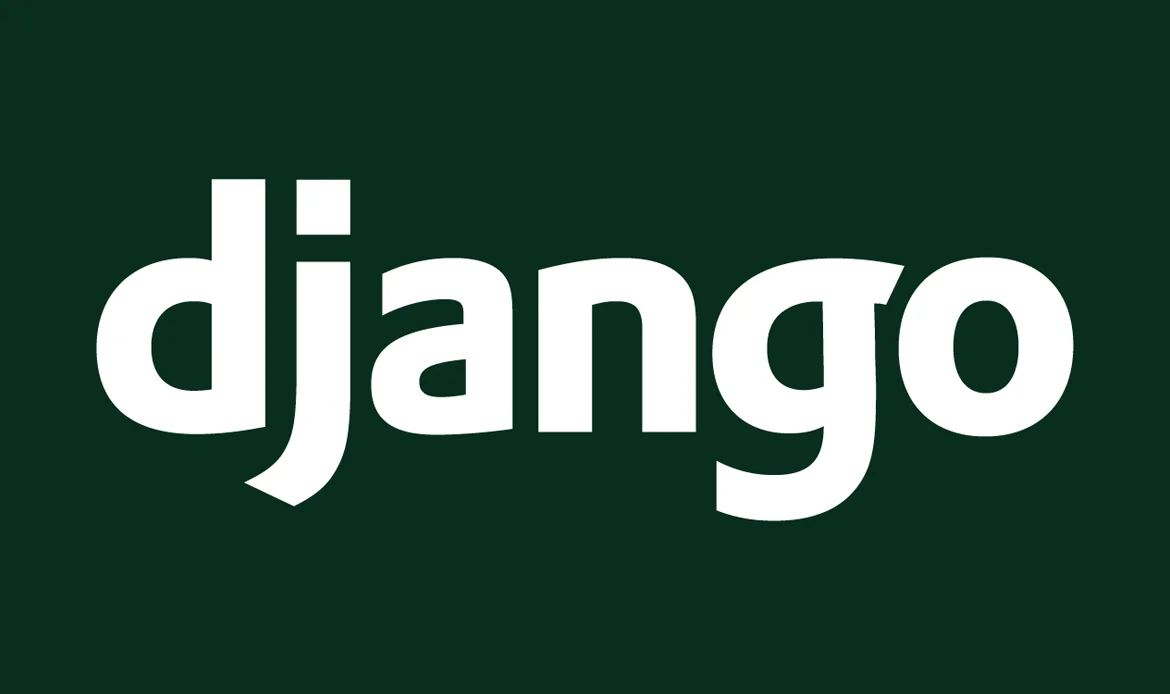 Django is a high-level Python web framework known for its simplicity, flexibility, and emphasis on productivity. It follows the Model-View-Controller (MVC) architectural pattern and promotes the use of reusable components, making it suitable for building a wide range of web applications.
Django is a high-level Python web framework known for its simplicity, flexibility, and emphasis on productivity. It follows the Model-View-Controller (MVC) architectural pattern and promotes the use of reusable components, making it suitable for building a wide range of web applications.
Key Features
- Batteries-included framework with built-in features.
- Object-Relational Mapping (ORM) for database interaction.
- Admin panel for easy content management.
- Follows the Don’t Repeat Yourself (DRY) principle.
- Secure by default with built-in protection against common security threats.
4. Ruby on Rails
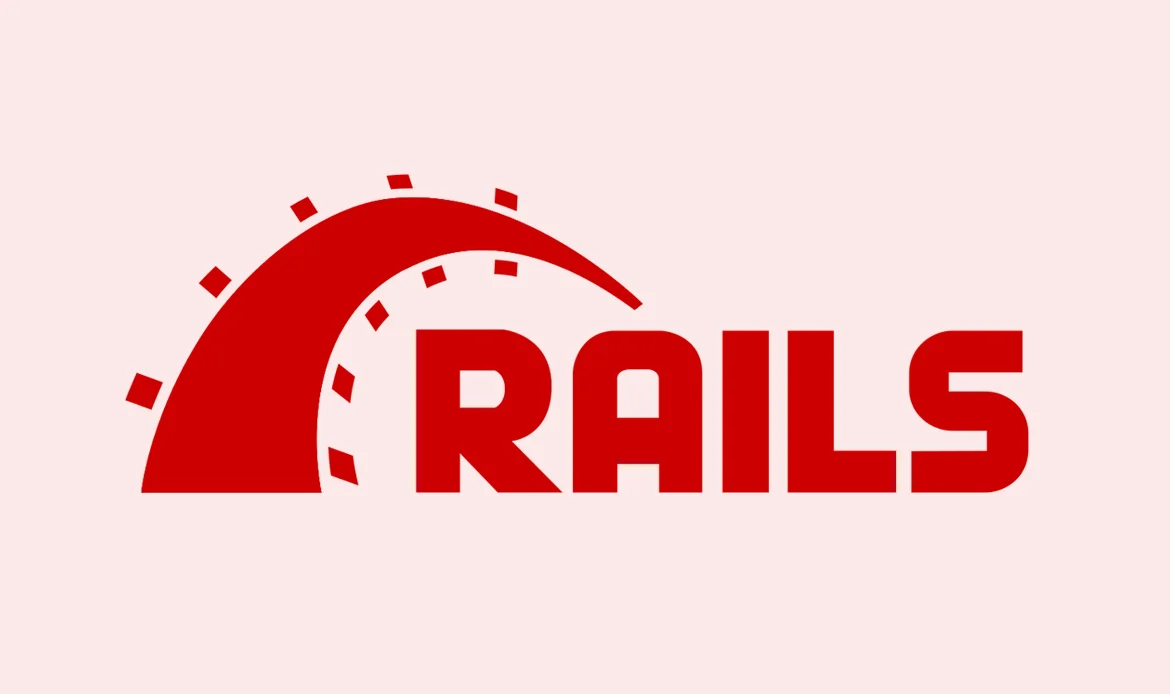 Ruby on Rails (or Rails) is a server-side web application framework written in Ruby. It follows the convention over configuration (CoC) and don’t repeat yourself (DRY) principles, promoting code simplicity and developer productivity.
Ruby on Rails (or Rails) is a server-side web application framework written in Ruby. It follows the convention over configuration (CoC) and don’t repeat yourself (DRY) principles, promoting code simplicity and developer productivity.
Key Features
- Convention over Configuration (CoC) for streamlined development.
- Active Record for database interactions.
- Integrated testing framework.
- Modular design with emphasis on code readability.
- Large ecosystem of gems (Ruby libraries).
5. Laravel
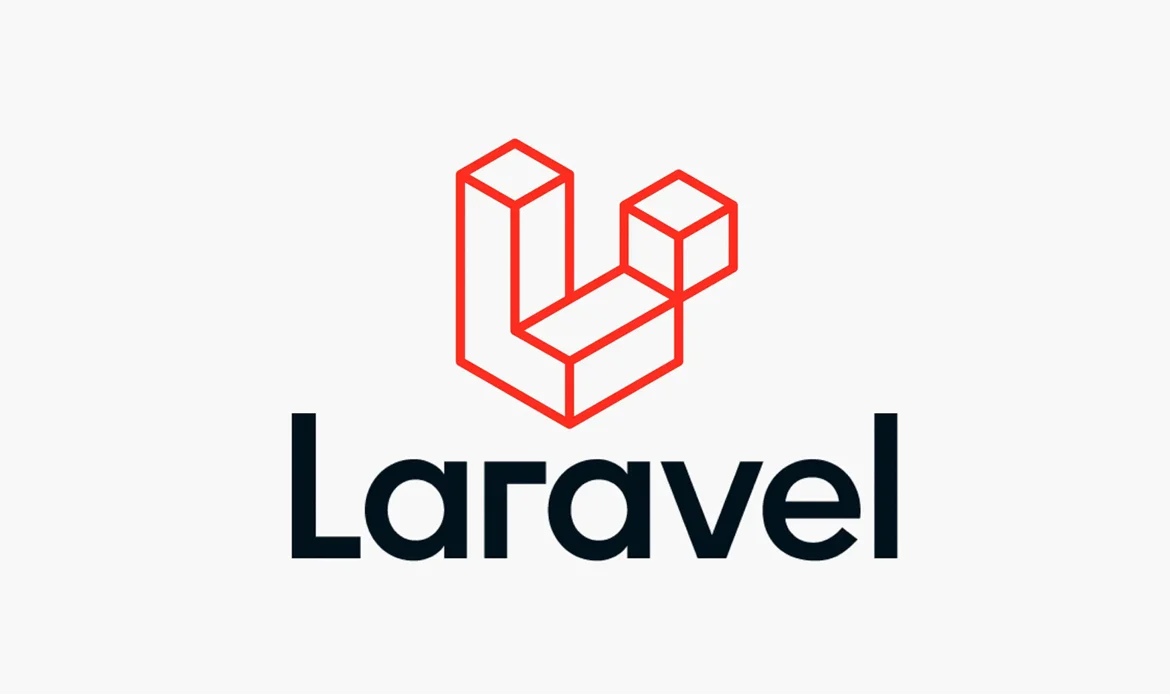 Laravel is a PHP web application framework known for its elegant syntax and developer-friendly tools. It follows the Model-View-Controller (MVC) pattern and provides a range of features, making it suitable for building modern and scalable web applications.
Laravel is a PHP web application framework known for its elegant syntax and developer-friendly tools. It follows the Model-View-Controller (MVC) pattern and provides a range of features, making it suitable for building modern and scalable web applications.
Key Features
- Elegant syntax and expressive code.
- Artisan command-line tool for developer tasks.
- Blade templating engine for efficient views.
- Eloquent ORM for database interactions.
- Laravel Mix for asset compilation and versioning.
6. Gatsby
 Gatsby is a React-based static site generator that allows developers to build fast, performant websites. It leverages modern web technologies to create dynamic and optimized web experiences.
Gatsby is a React-based static site generator that allows developers to build fast, performant websites. It leverages modern web technologies to create dynamic and optimized web experiences.
Key Features
- React-based framework for building static sites.
- GraphQL for efficient data fetching.
- Automatic code splitting for optimized loading.
- Progressive Web App (PWA) support.
- Extensive plugin ecosystem for extending functionality.
7. Nuxt.js
 Nuxt.js is quickly becoming one of the top web development frameworks set to dominate in 2025, thanks to its seamless server-side rendering (SSR), static site generation (SSG), and strong Vue.js integration. Developers prefer Nuxt.js for building scalable, high-performance web applications that are optimized for SEO, speed, and modern user experiences.
Nuxt.js is quickly becoming one of the top web development frameworks set to dominate in 2025, thanks to its seamless server-side rendering (SSR), static site generation (SSG), and strong Vue.js integration. Developers prefer Nuxt.js for building scalable, high-performance web applications that are optimized for SEO, speed, and modern user experiences.
Key Features
- Server-side rendering for enhanced SEO and performance.
- Automatic code splitting for optimized loading.
- Modular architecture with Vuex for state management.
- Simplified routing and layout system.
- Large and active Vue.js community.
8. Spring
 Spring is a comprehensive Java-based framework that provides a wide range of features for building enterprise-level applications. It follows the Model-View-Controller (MVC) pattern and includes modules for various concerns such as data access, security, and messaging.
Spring is a comprehensive Java-based framework that provides a wide range of features for building enterprise-level applications. It follows the Model-View-Controller (MVC) pattern and includes modules for various concerns such as data access, security, and messaging.
Key Features
- Comprehensive ecosystem for building enterprise applications.
- Modular design with support for various concerns.
- Dependency Injection (DI) for managing components.
- Aspect-Oriented Programming (AOP) for cross-cutting concerns.
- Spring Boot for rapid application development.
9. Flask
 Flask is a lightweight and flexible Python web framework that follows the WSGI standard. It is designed to be simple and easy to use, making it a popular choice for small to medium-sized web applications.
Flask is a lightweight and flexible Python web framework that follows the WSGI standard. It is designed to be simple and easy to use, making it a popular choice for small to medium-sized web applications.
Key Features
- Lightweight and easy to learn.
- Flexible and modular design.
- Jinja2 templating engine for views.
- Werkzeug for WSGI handling.
- Extensive documentation and a large community.
10. Meteor
 Meteor is a full-stack JavaScript framework for building real-time web applications. It provides a seamless experience for developing both the client and server parts of an application using JavaScript. Meteor follows a reactive programming paradigm, enabling automatic data synchronization between the server and client in real-time. It comes with an integrated stack, simplifying the development process and making it easy to create scalable and interactive web applications.
Meteor is a full-stack JavaScript framework for building real-time web applications. It provides a seamless experience for developing both the client and server parts of an application using JavaScript. Meteor follows a reactive programming paradigm, enabling automatic data synchronization between the server and client in real-time. It comes with an integrated stack, simplifying the development process and making it easy to create scalable and interactive web applications.
Key Features
- Full-stack development using JavaScript.
- Real-time data synchronization between client and server.
- Integrated development stack with tools like MongoDB for database management.
- Hot code reloading for quick and efficient development.
- Supports both frontend and backend development within a single codebase.
- Extensive package ecosystem for adding functionality to applications.
- Built-in user authentication and authorization features.
- Cross-platform deployment options with Meteor Galaxy hosting.
FAQs on Choosing the Best Web Development Frameworks for 2025
What are the top web development frameworks to look out for in 2025?
The leading web development frameworks set to dominate in 2025 include React, Angular, Vue.js, Svelte, Django, Laravel, Express.js, and Next.js. These frameworks are evolving to deliver better performance, scalability, and developer productivity.
Why are web development frameworks important for 2025 projects?
Web development frameworks save time, improve code quality, and enhance scalability. With new digital demands in 2025, frameworks provide security, automation, and optimized tools to build fast, reliable, and future-ready web applications.
Which frontend frameworks will dominate web development in 2025?
Popular frontend frameworks in 2025 include React, Angular, Vue.js, and Svelte. These frameworks lead because of their flexibility, reusable components, and ability to build dynamic user interfaces.
Which backend frameworks will be most relevant in 2025?
In 2025, backend frameworks such as Django, Laravel, Express.js, Ruby on Rails, and Spring will remain highly relevant due to their robust architecture, security features, and ability to support large-scale applications.
How do I choose the best web development framework in 2025?
To choose the right framework in 2025, consider your project size, programming language preference, scalability needs, and community support. Frontend-heavy apps may lean towards React or Vue.js, while backend-focused apps may benefit from Django or Laravel.
Final Thoughts
As we bring our exploration to a close, we’ve ventured into the exciting realm of web development, casting a spotlight on the “Top Web Development Frameworks Set to Dominate in 2025.” The technological landscape is ever-evolving, and our journey through the frameworks shaping the future has unveiled the tools that will redefine the way we build, innovate, and interact on the web.
Here’s to a future where these frameworks become the backbone of groundbreaking projects, pushing the boundaries of what’s possible on the web. The journey doesn’t end here; it’s a continuous exploration, and with the right frameworks in hand, the possibilities are limitless. May your coding endeavors be seamless, your projects be groundbreaking, and your digital footprint shape the landscape of tomorrow.
Discover the Web Development Frameworks Driving 2025 Innovation
Combine these modern frameworks with our responsive and SEO-optimized WordPress themes to create future-ready websites that deliver exceptional user experiences.


